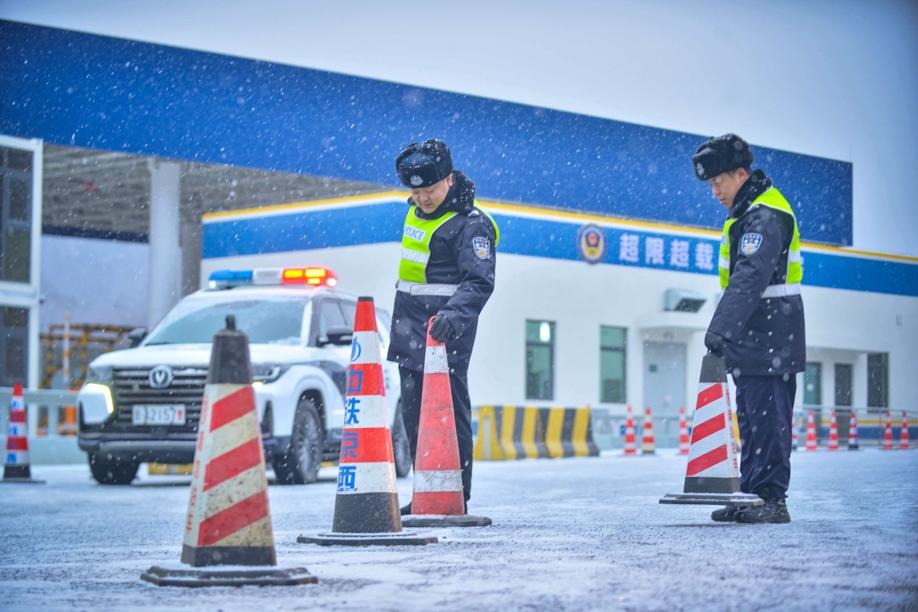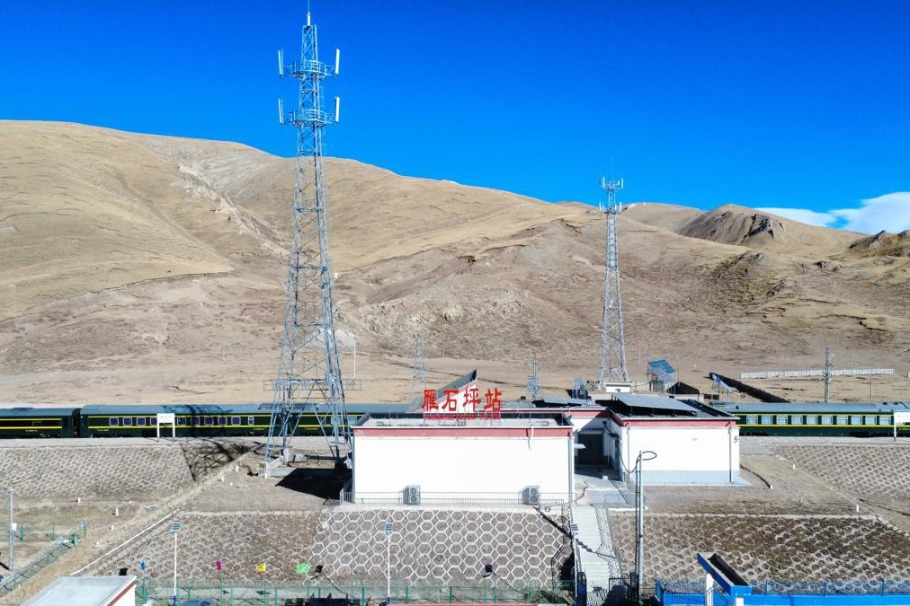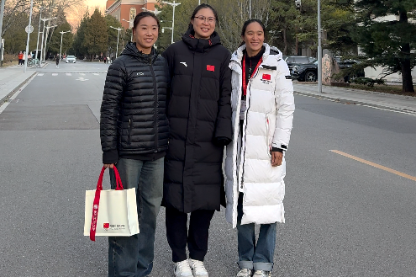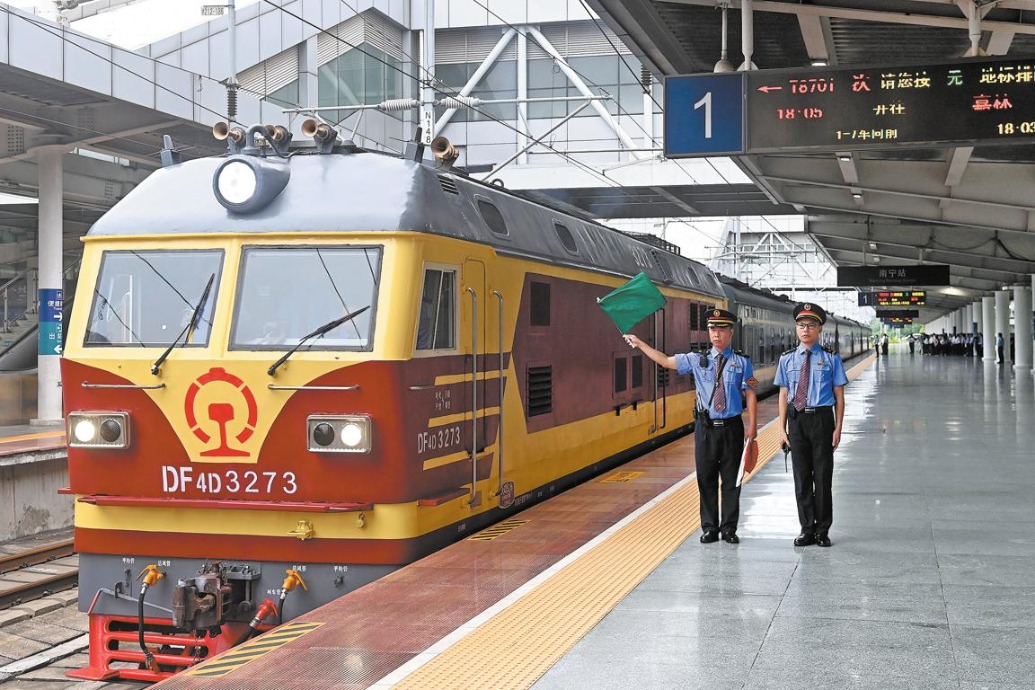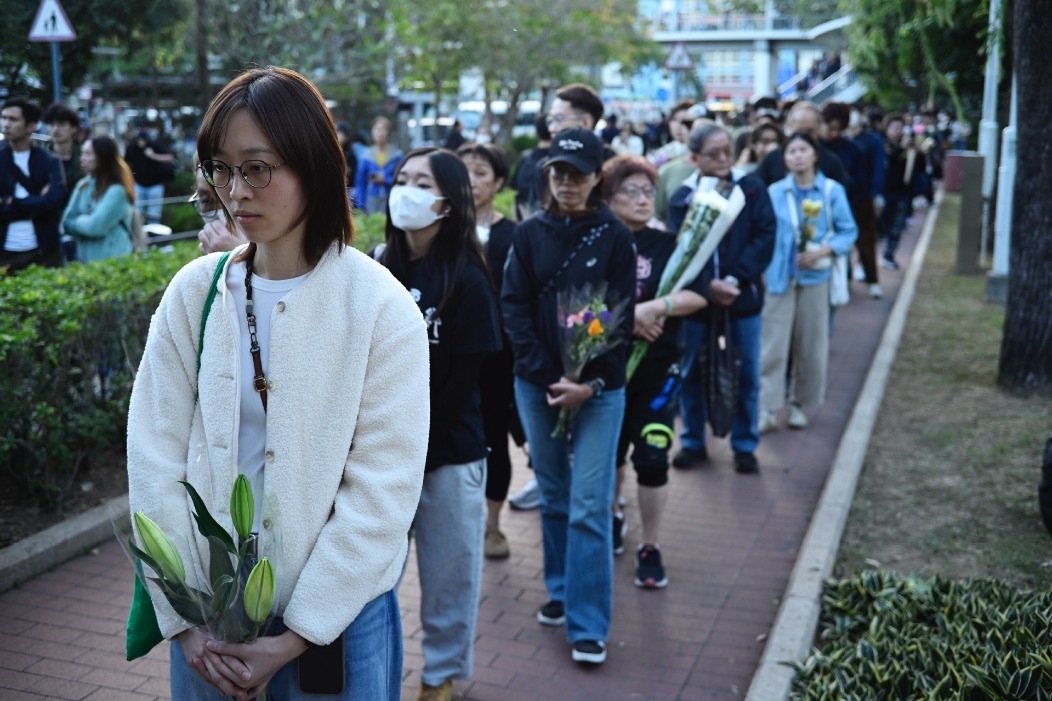NPC deputy calls for more storage facilities to ensure safe, stable supplies


A national legislator has called for construction of more high-capacity energy storage facilities on the power consumption side as the country strives to increase the use of clean energy as a major approach to achieving its carbon neutrality goal.
Subject to the management of local power grids, such facilities can play significant roles in ensuring a stable power supply, said Zhang Tianren, a deputy to the National People's Congress.
At present, grid operators have to ensure that power plants produce the right amount of electricity at the right time to meet demand consistently and reliably. However, the intermittent nature of renewable energy sources, such as solar and wind power, makes this difficult and could challenge grid reliability. Electricity may not be generated exactly when power is needed, resulting in wasted generation capacity, he said.
Zhang, who is chairman of the board at Tianneng Group, one of China's largest battery manufacturers, in Zhejiang province, has highlighted power storage as a key part of the modern energy system the country is building, which will be dominated by renewable energy.
Energy storage can effectively reduce wasted generation capacity for wind and solar power, thus increasing the proportion of renewable energy in the country's energy consumption mix, he said.
It can also help improve the grid's ability to level out peaks in electricity use by industrial and commercial consumers to ensure safety and stability, he added.
Although the country has made progress in promoting new types of energy storage facilities and produced an ambitious plan to further boost their development, most of these facilities have been built near renewable energy plants, which makes it difficult for power storage to play the intended role, Zhang said.
New types of power storage plants account for all such facilities. The only exception is pumped storage power stations, which — as a traditional, and currently the most cost-effective, way of storing power — pump water to higher locations using surplus power during off-peak consumption periods and regenerate to meet emerging power needs.
Last year, the total installed capacity for new types of energy storage facilities reached 8.7 million kilowatts, Zhang said. The country plans to raise the figure to more than 30 million kW by 2025.
Zhang said incomplete statistics show that by the end of last year, 95 percent of projects China has green-lighted for new types of power storage facilities were being built near power generation sites.
As supporting infrastructure for renewable energy generation projects, these power storage facilities usually have limited capacity, while local grid operators know little about their operation and how much power they have in storage, he said.
"They can only help partially stabilize the grid," he added.
Zhang said building regional renewable energy storage facilities that serve consumers in certain regions in accordance with the scale of local renewable energy generation could help address the problem. Under the management of local power grids, these regional facilities could directly help balance power supply and demand, he said.
He added that the country has not yet introduced the necessary standards for examining and approving new power storage facilities on the power consumption side, and there is no basis for local authorities to examine and approve such projects.
Currently, power generators have to sell their energy via the relevant grid operator, making their profit margins smaller.
In addition to noting the need to work out detailed rules concerning the launch of such projects and their connection to local grids, Zhang called on the government to grant operators of power storage facilities the authority to trade power directly as a way of encouraging their future development.
- China's self-developed technology advances its high-speed railways
- Erhai Lake locals prosper from improved environment
- Doctor injects child with improperly stored drug at Chongqing hospital
- Xi's special envoy attends forum dedicated to Intl Year of Peace and Trust in Turkmenistan
- Memorial ceremony remembers victims of Nanjing Massacre
- Louvre's largest showcase in China goes on display at Museum of Art Pudong in Shanghai
















